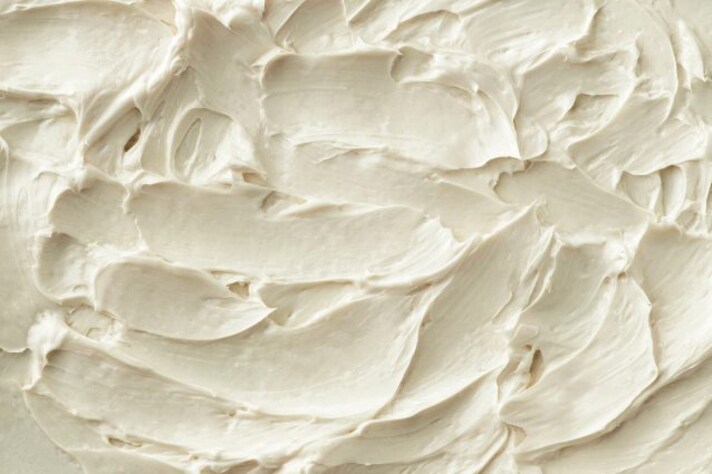That One Mistake You Should Never Make When You’re Baking With Cream Cheese
Baking with cream cheese can take desserts to the next level—unless you make one crucial mistake. Using it straight from the fridge seems harmless, but it leads to lumpy textures, uneven mixing, and a cheesecake disaster you won’t be able to fix. The key to silky-smooth perfection? A simple step most bakers overlook, but once you know it, you’ll never go back.

There’s nothing quite like the smooth, tangy richness of cream cheese in baked goods. Whether it’s the star of a New York-style cheesecake, folded into buttery Danish pastry, or swirled into a decadent brownie, it brings a creamy depth that’s hard to beat. But one wrong move, and your dreamy dessert could turn into a grainy, lumpy disappointment. If you’ve ever pulled a cheesecake out of the oven only to find weird, clumpy bits where silky perfection should be, chances are, you made the one mistake no baker should ever make: using cold cream cheese.
Cold Cream Cheese = Lumpy Disaster
It’s tempting to grab a block of cream cheese straight from the fridge, slice it up, and toss it into your batter, especially if you’re in a rush. But here’s the problem: cold cream cheese doesn’t mix properly. It stays firm and stubbornly refuses to blend smoothly, leaving behind lumps that won’t melt away, no matter how long you beat it.
Instead of a luxuriously creamy filling, you’ll end up with grainy, uneven texture—the kind that ruins an otherwise perfect cheesecake or frosting. And once those lumps are in, no amount of mixing, warming, or wishful thinking will make them disappear.

Why Room Temperature Matters
Cream cheese needs to be softened to room temperature before it’s mixed with other ingredients. At around 65–70°F, it becomes pliable and blends seamlessly into batters, ensuring a smooth, even texture. This is especially important when combining cream cheese with sugar, eggs, or other fats—cold cream cheese won’t incorporate properly, leading to a separated or curdled mixture.
It’s not just about aesthetics, either. Cold cream cheese can affect how your dessert bakes. In a cheesecake, for example, an uneven batter can lead to weirdly textured slices, cracks on the surface, and inconsistent baking. Instead of a creamy, uniform filling, you might end up with something that looks—and tastes—off.
How to Properly Soften Cream Cheese
Leaving cream cheese out on the counter for 30 to 60 minutes is the best way to get it to the right consistency. If you forgot to plan ahead (we’ve all been there), you can speed up the process by cutting it into small pieces and letting them sit for 15–20 minutes.
Still in a hurry? There’s one shortcut that actually works: **microwave it on low power (30% or defrost setting) in 10-second bursts, checking after each round. Be careful not to overdo it—melted cream cheese is an entirely different problem.
;Resize,width=767;)

;Resize,width=712;)
;Resize,width=712;)
